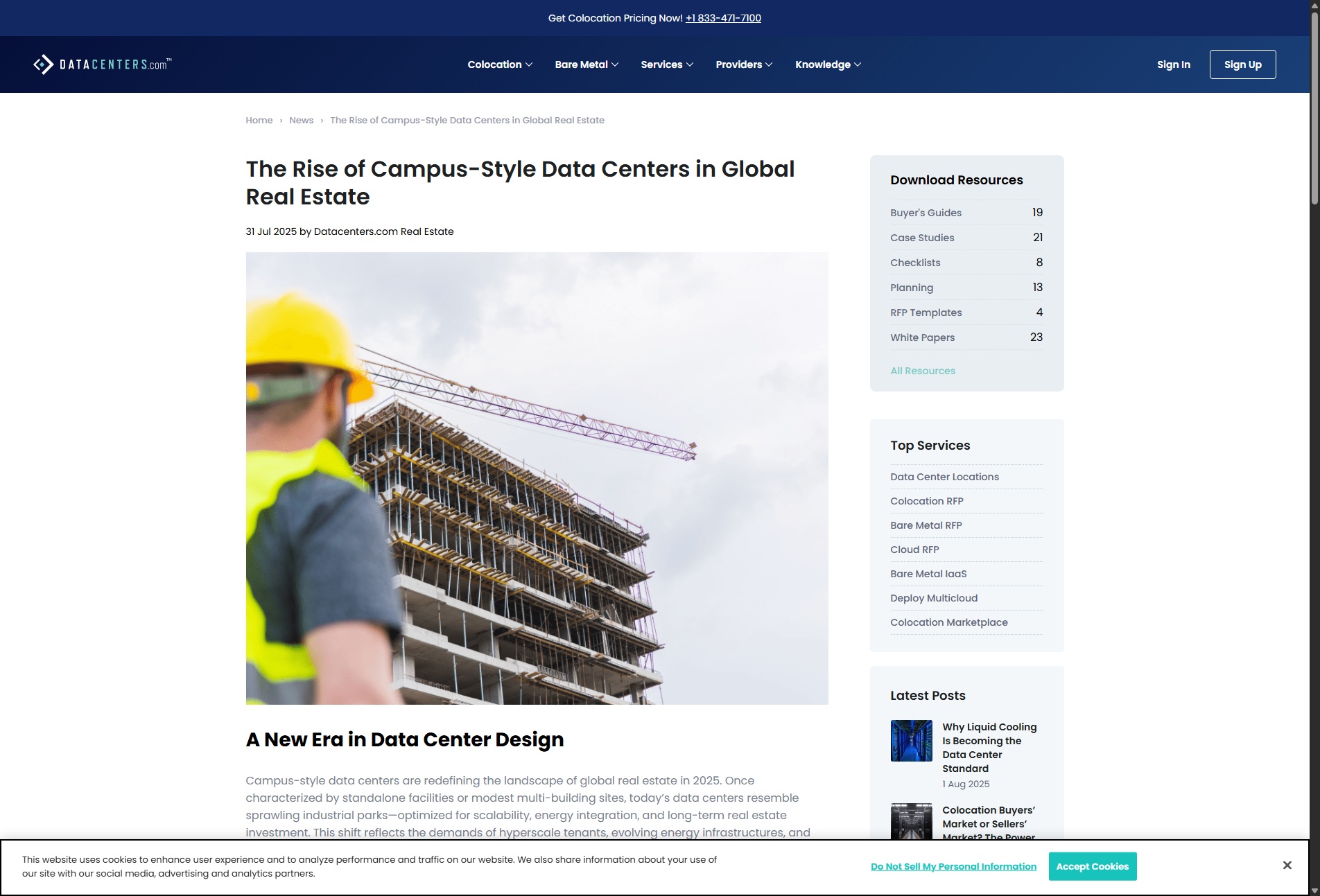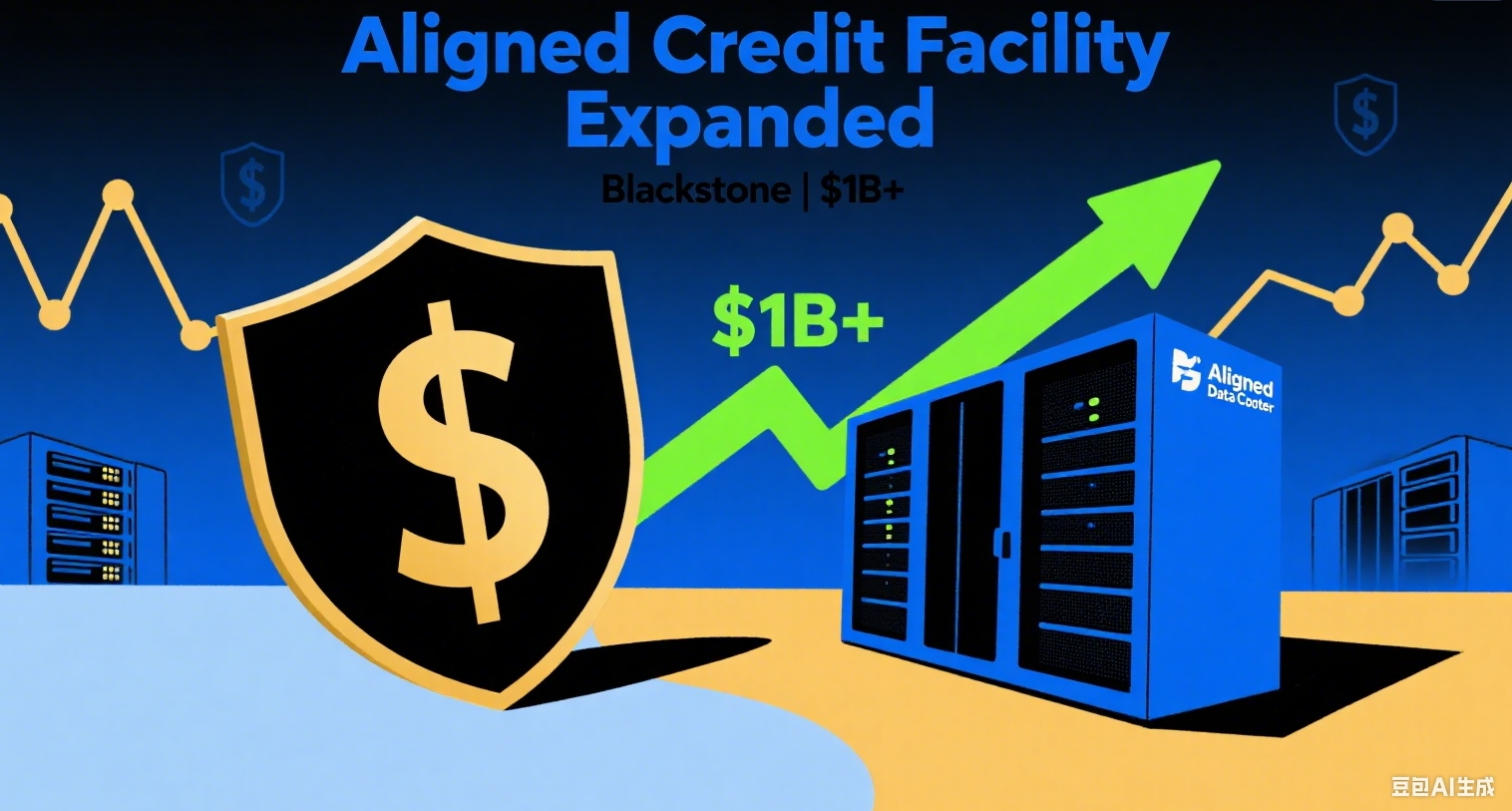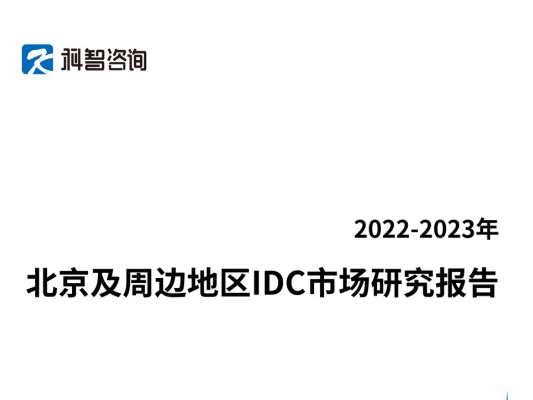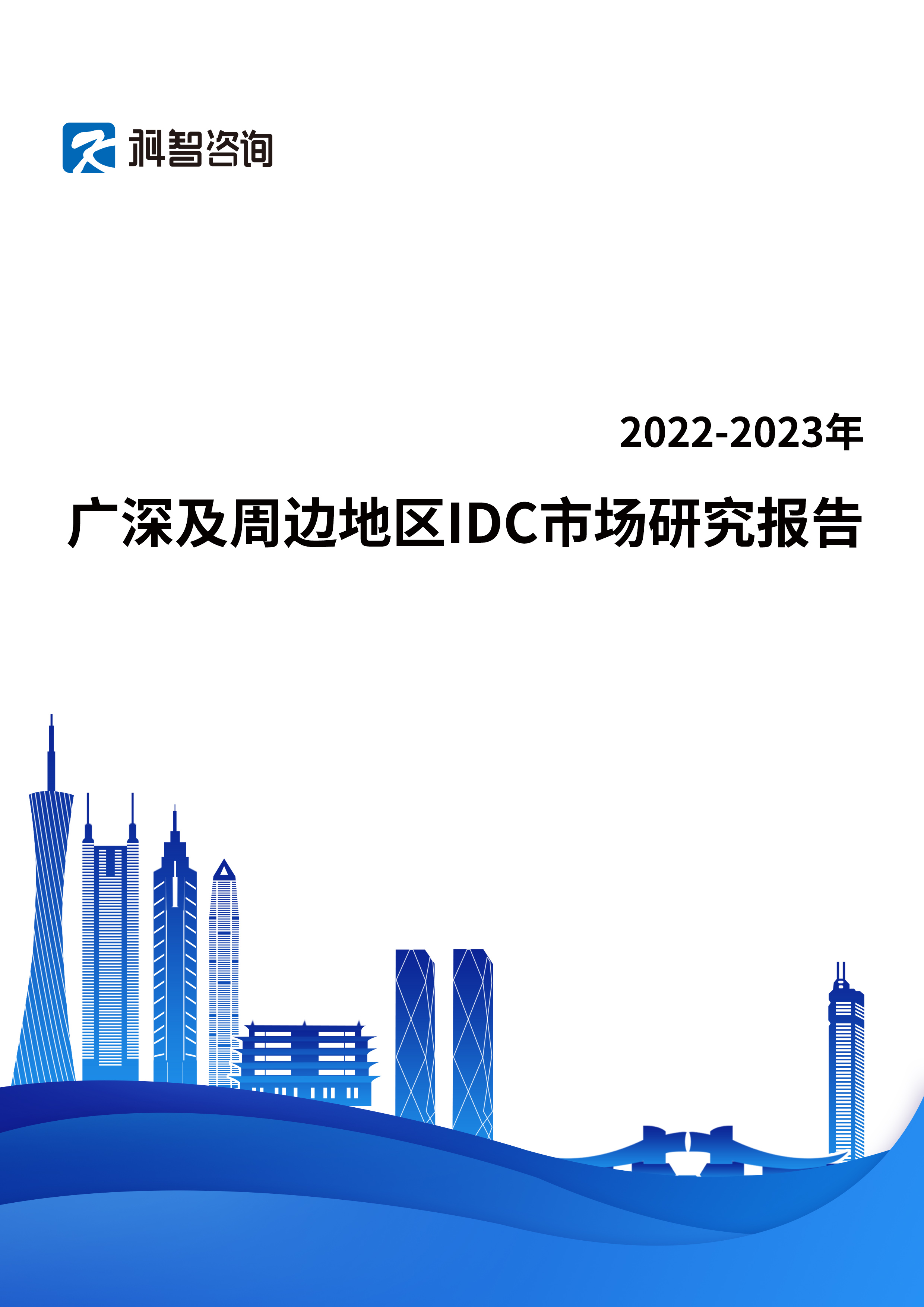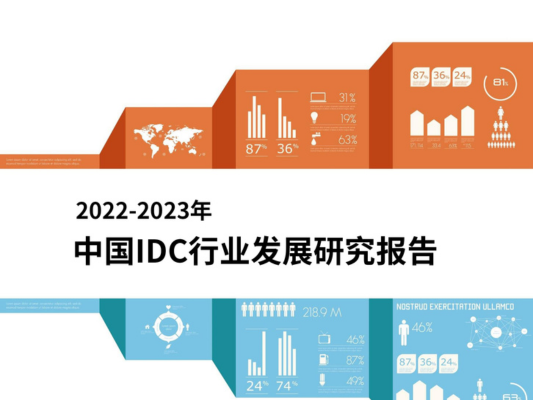A New Era in Data Center Design
Campus-style data centers are redefining the landscape of global real estate in 2025. Once characterized by standalone facilities or modest multi-building sites, today’s data centers resemble sprawling industrial parks—optimized for scalability, energy integration, and long-term real estate investment. This shift reflects the demands of hyperscale tenants, evolving energy infrastructures, and market pressures driving economies of scale.
Why the Campus Model Works
The campus approach allows providers and hyperscalers to consolidate their operations, streamline land use, and integrate renewable energy directly into the footprint. It also helps in:
Land Banking: Acquiring hundreds of acres at once ensures space for future expansions.
Energy Integration: Direct power from solar farms, wind parks, or dedicated substations.
Operational Efficiency: Shared amenities like cooling plants, energy storage, and network hubs.
Real Estate Investment Shifts
Traditional data center real estate was about buying or leasing a building. In 2025, it’s about acquiring land portfolioszoned for digital infrastructure. Major REITs and private equity firms now prioritize:
Long-term land ownership for campus builds
Sub-leasing to hyperscalers and managed service providers
Monetizing power purchase agreements (PPAs) and energy storage integrations
Regions Leading the Campus Boom
North America
Texas: Central Texas is seeing 500+ acre sites secured by hyperscalers looking beyond congested Austin and Dallas markets.
Virginia: Loudoun County remains a hub, but land scarcity is driving campus builds in Prince William and Culpeper counties.
Arizona: Phoenix’s West Valley and Mesa areas offer scalable real estate with robust solar integration.
Europe
Germany: Frankfurt's power limitations are pushing campus projects to Offenbach and Hanau.
Nordics: Norway, Sweden, and Finland offer clean energy and massive land parcels ideal for AI-ready campuses.
Asia Pacific
Malaysia: Johor is fast becoming a campus hub for hyperscalers seeking proximity to Singapore.
India: Hyderabad and Chennai are seeing their first true campus-style data center projects.
What Tenants Want in 2025
Scalability
AI workloads are driving unprecedented compute requirements. Tenants want the ability to scale from 20MW to 200MW+ in the same location.
Energy Security
Dedicated renewable energy sources and grid redundancy are now table stakes. Many campuses feature co-located solar farms, battery storage, and even hydrogen backup systems.
Environmental, Social, and Governance (ESG) Compliance
Hyperscalers’ ESG goals drive demand for sustainable campuses that meet strict emissions and water usage targets.
How Campuses Change Leasing Models
The shift to campus-style real estate has also changed how deals are structured:
Longer Leases: 10-20 year terms are now common.
Build-to-Suit: Providers customize buildings to hyperscaler specifications.
Land Leases: In some cases, hyperscalers lease land but build their own data centers.
The Financialization of Campus Real Estate
Private equity and infrastructure funds now view campuses as core real estate investments, akin to industrial parks or energy generation sites. They target 10%+ IRRs driven by:
Predictable rental streams from hyperscalers
Escalating land values in constrained markets
Tax incentives tied to energy production
Energy as the Campus Anchor
Increasingly, the campus model centers around energy. Developers often negotiate power supply deals before breaking ground, with on-site renewable energy and storage capacity serving as competitive differentiators. This trend is particularly strong in:
Texas (solar + wind)
Nordics (hydro + wind)
Middle East (solar + battery storage)
Future Trends to Watch
AI-First Campus Designs
Campuses optimized for AI workloads feature:
Higher density compute racks
Liquid cooling systems
AI-specific networking architectures
Multi-Tenant Campuses
While hyperscalers dominate headlines, multi-tenant campuses are gaining traction. These sites house colocation providers, cloud providers, and SaaS platforms sharing common infrastructure.
Global Expansion
Expect campus-style builds in:
Brazil’s interior regions
Mexico’s Bajío industrial corridor
South Africa’s Gauteng province
Challenges and Risks
Land and Power Shortages
In regions like Virginia and Frankfurt, available land and power are nearing exhaustion. This could limit future campus growth unless new grid investments emerge.
Permitting Delays
Larger campuses face more complex permitting and community engagement processes, which can delay projects by 1-2 years.
Economic Volatility
Inflation and interest rate hikes could slow investment in campus developments, though long-term demand remains strong.
A Permanent Shift in Data Center Real Estate
The campus-style data center is not a temporary trend—it’s the new standard. As AI and cloud demand continue to surge, hyperscalers and providers alike will favor scalable, energy-integrated sites that can support workloads for decades to come.
The future of digital real estate isn’t in single buildings—it’s in entire ecosystems designed to power the AI economy.

